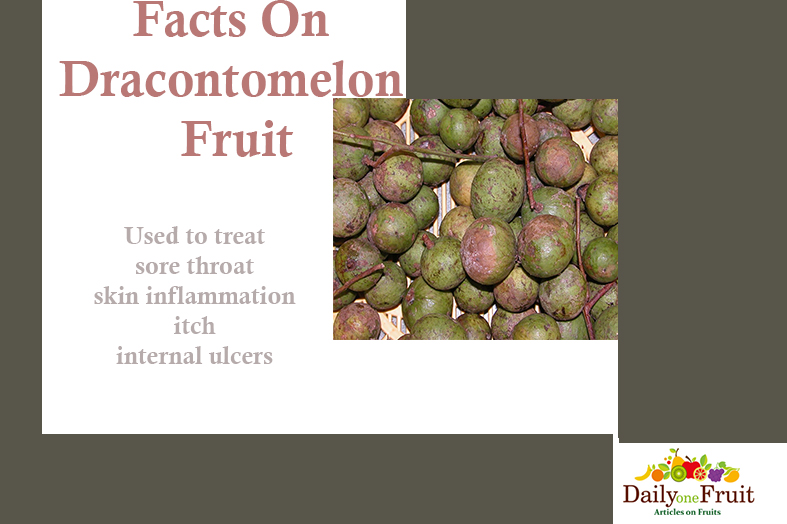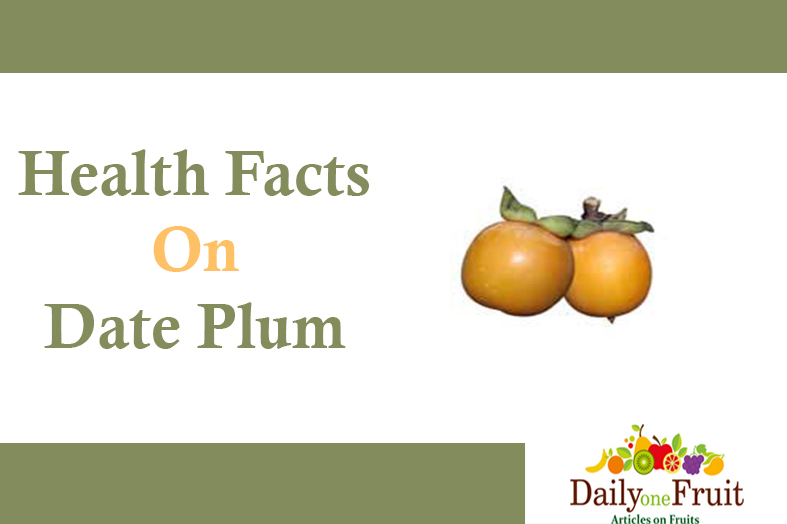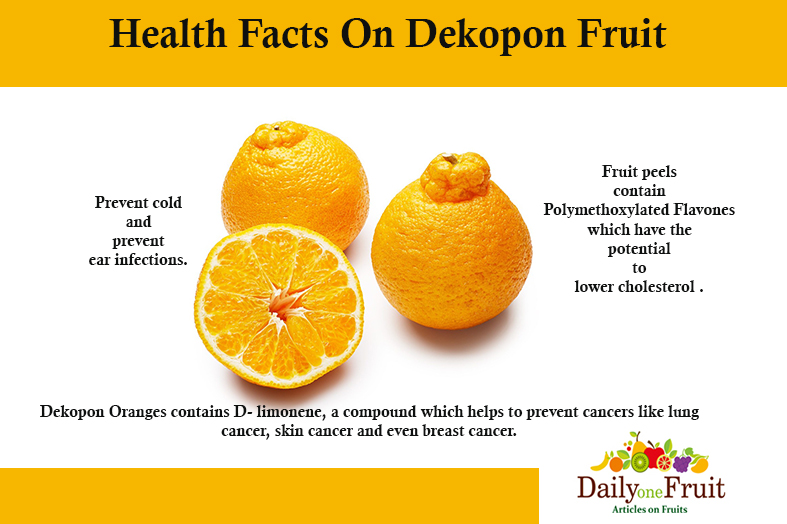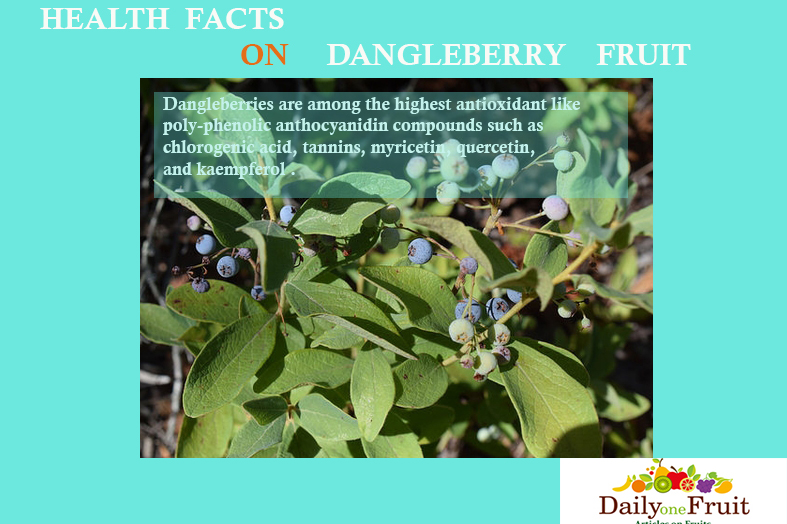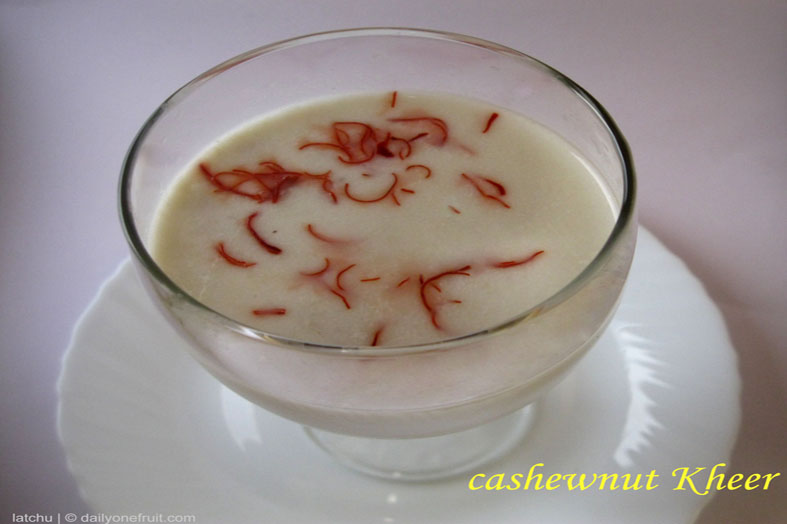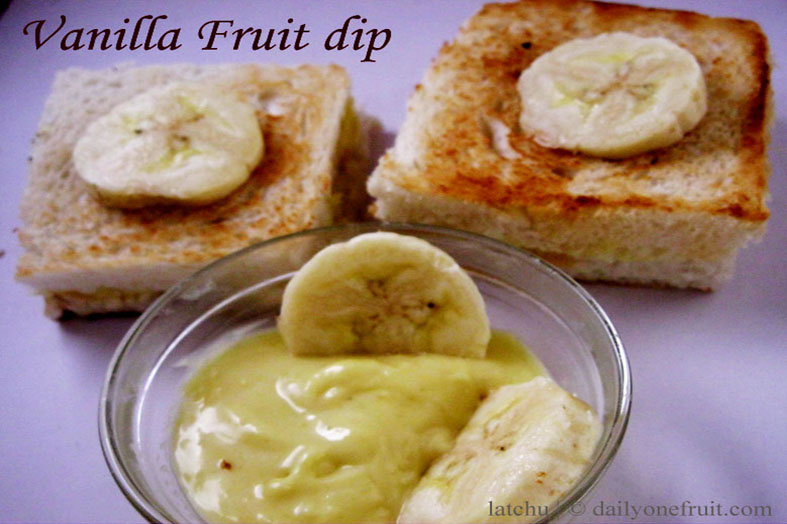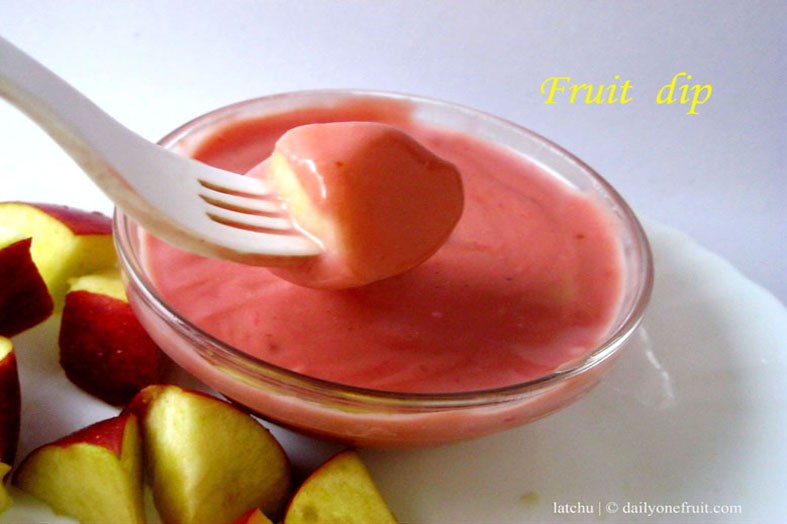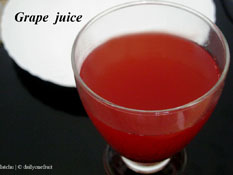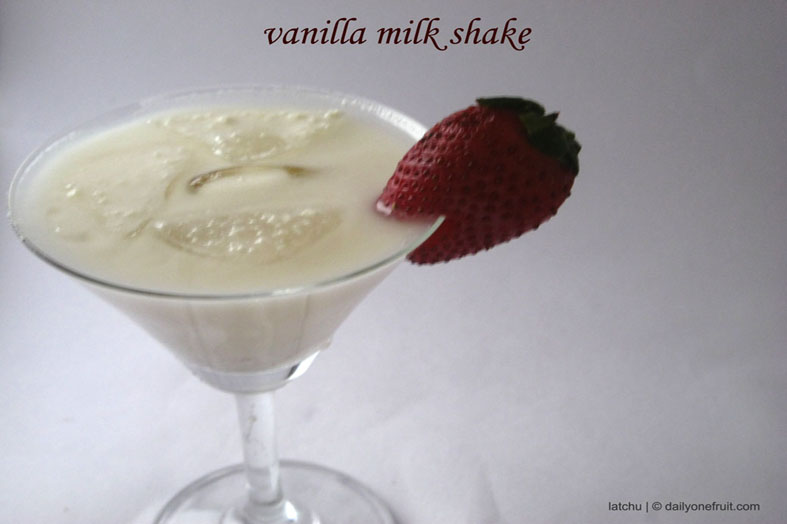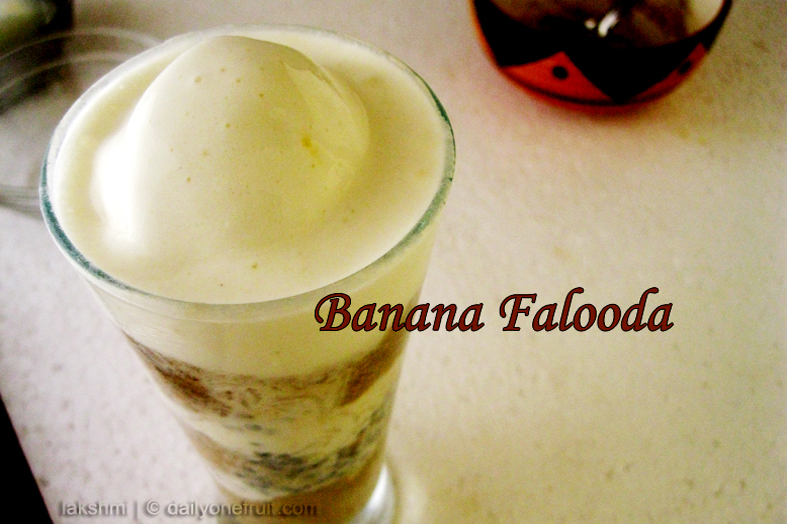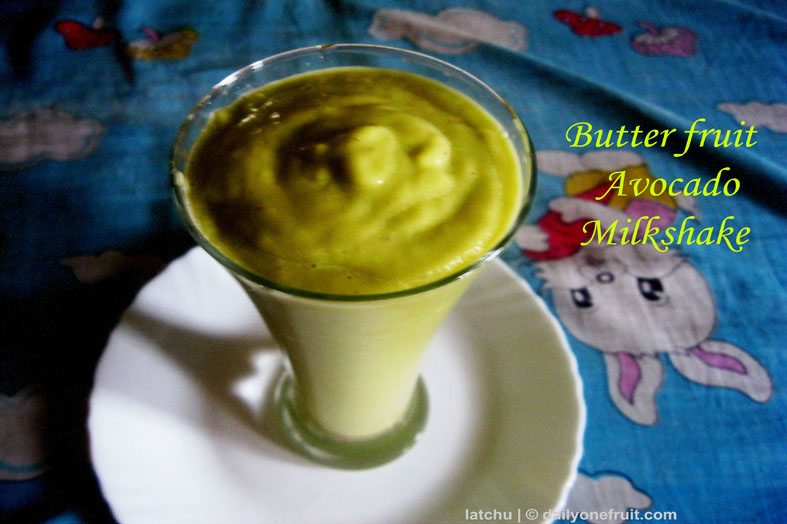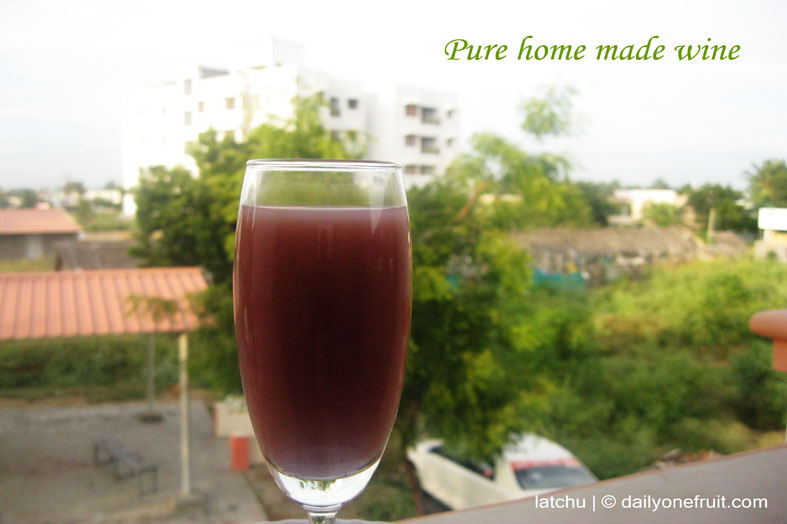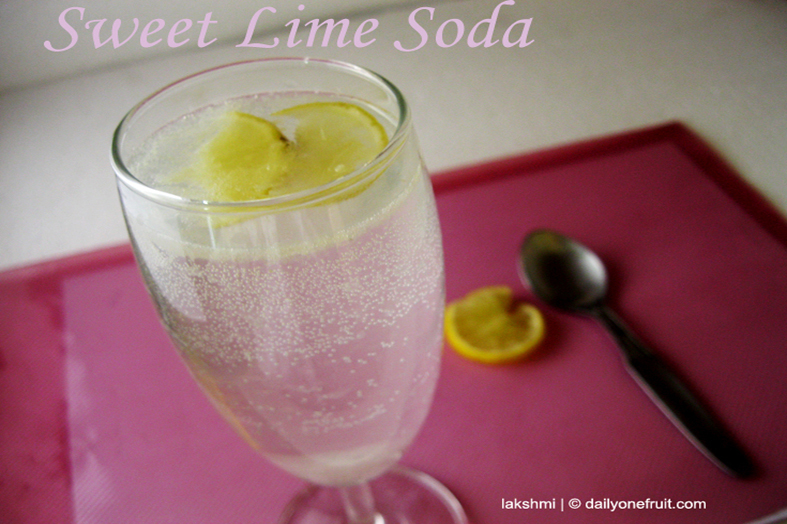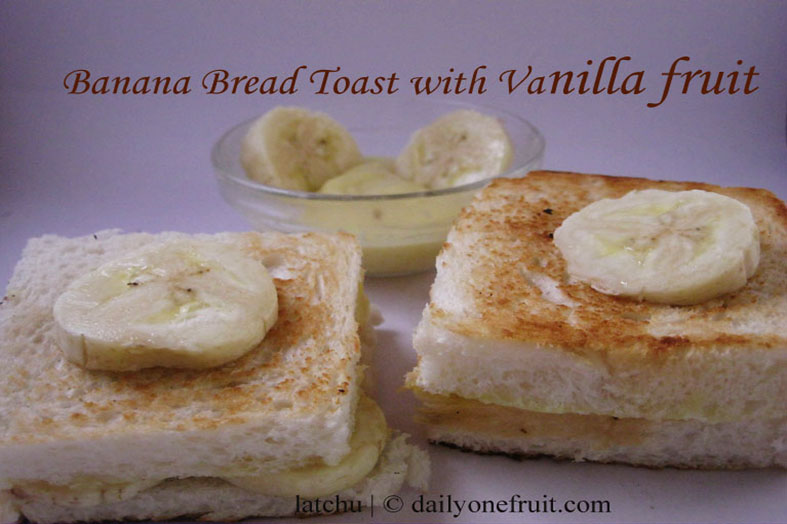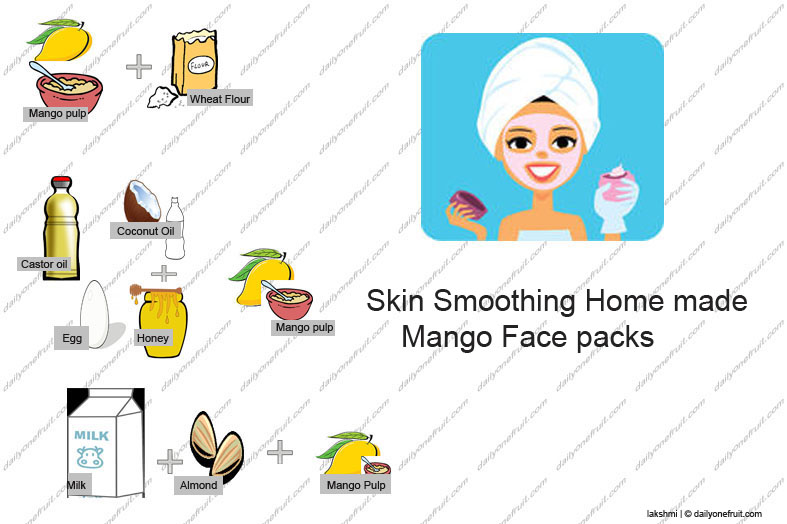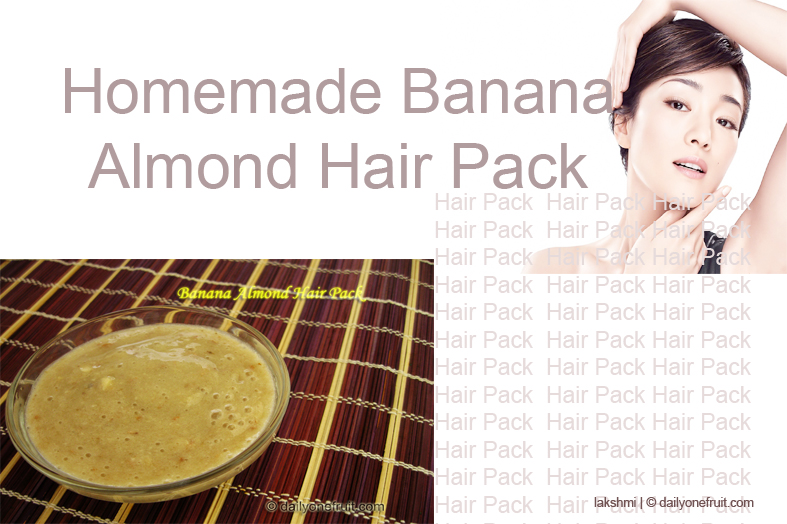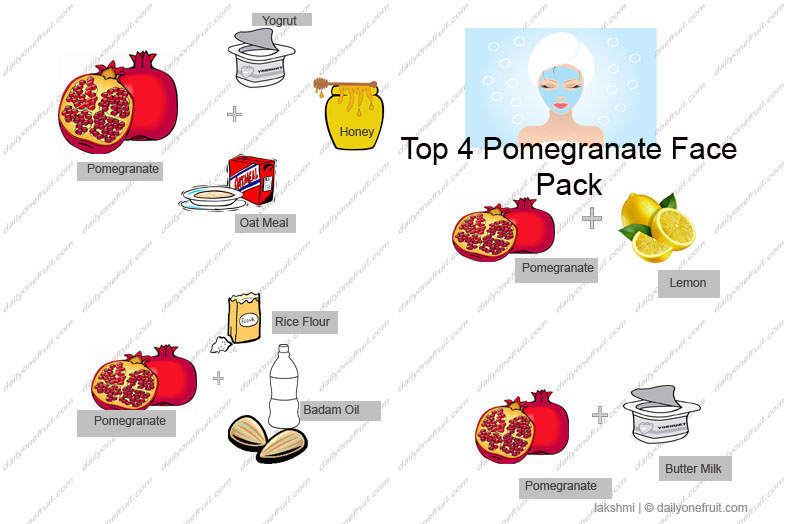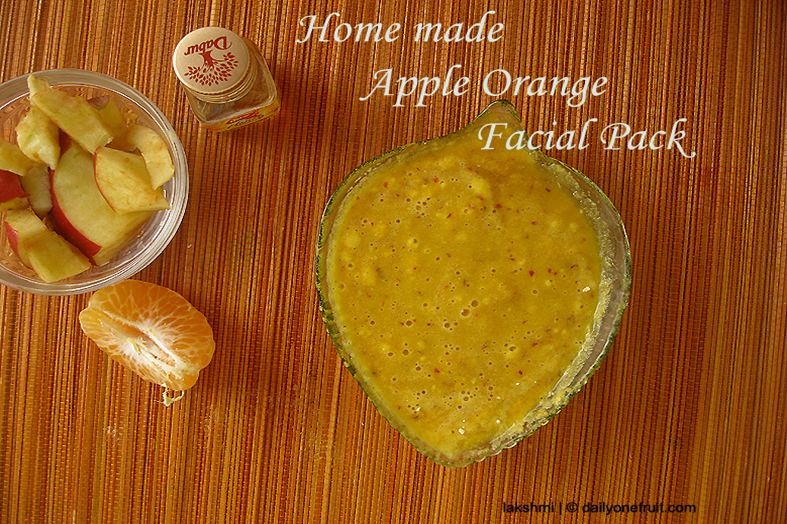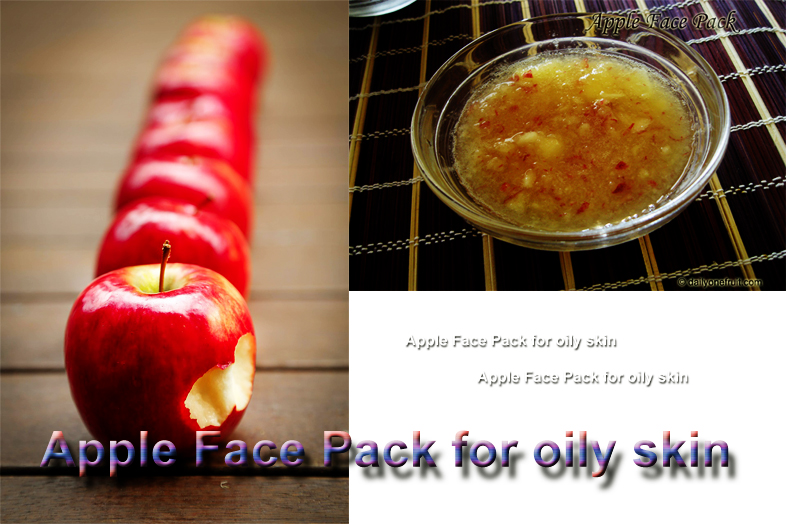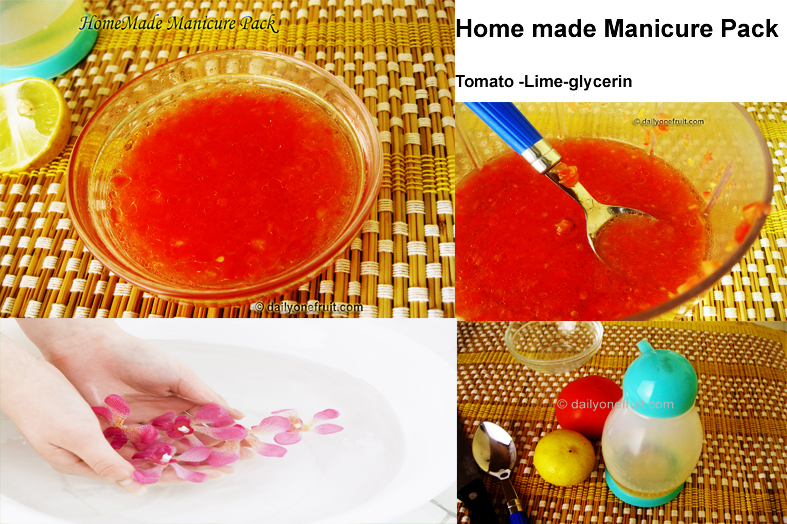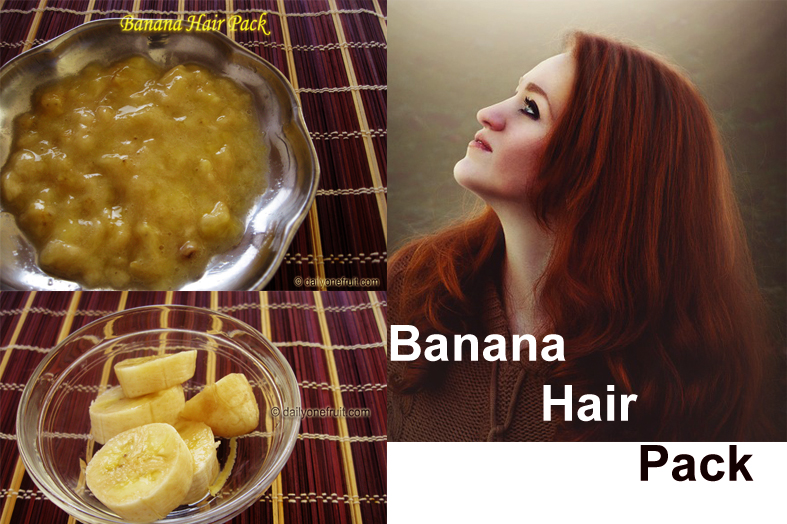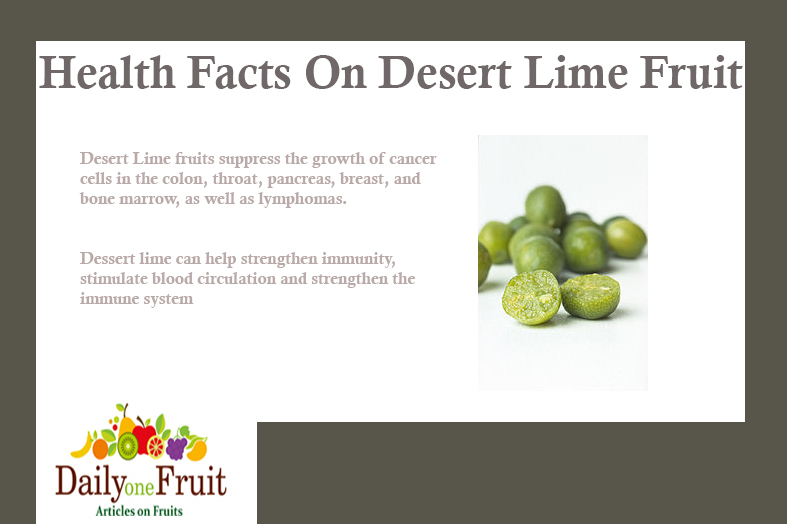
Health Facts on Desert Lime
Desert Lime is scientifically called as “Citrus glauca” .
ORIGIN OF DESERT LIME
Desert lime is a thorny shrub or small tree native to Queensland, New South Wales, and South Australia.
OTHER NAMES OF DESERT LIME
A lime (from French lime, from Arabic līma, from Persian līmū, “lemon”)
APPEARANCE OF DESERT LIME
Desert lime Fruit as broad as long or longer than broad; rind light green with some break to yellow green-yellow or yellow rind texture smooth firmness membranous; navel absent; flesh green/greenish; taste sour.
TASTES OF DESERT LIME
The Desert lime fruit are used in a range of products, including marmalades, beverages, and succade. It has a strong lime-like flavour.
VARIETIES OF DESERT LIME
Australian limes
Australian desert lime (Citrus glauca)
Australian finger lime (Citrus australasica)
Australian round lime (Citrus australis)
NUTRITIONAL CONTENTS OF DESERT LIME
per 100 g (3.5 oz)
Energy: 126 kJ (30 kcal)
Carbohydrates: 10.5 g
Sugars: 1.7 g
Dietary fibre: 2.8 g
Fat: 0.2 g
Protein: 0.7 g
Thiamine (B1): 0.03 mg
Riboflavin (B2): 0.02 mg
Niacin (B3):0.2 mg
Pantothenic acid (B5): 0.217 mg
Vitamin B6: 0.046 mg
Folate (B9): 8μg
Vitamin C: 29.1 mg
Calcium: 33 mg
Iron: 0.6 mg
Magnesium: 6 mg
Phosphorus: 18 mg
Potassium: 102 mg
Sodium: 2 mg
Water: 88.3 g
Health Facts on Desert Lime
Improve Immunity: Vitamin C and antioxidants present in Dessert lime can help strengthen immunity, stimulate blood circulation and strengthen the immune system. vitamin C in Dessert lime can help our body produce more white blood cells to protect against infections and disease.
Enhances Skin: Dessert lime helps to reduce or prevent wrinkles because of its rich content vitamin C. Vitamin C is essential for making collagen, which is a protein that naturally firms and brightens skin.
Flush out Kidney Stones: High levels of minerals, calcium, in citrus fruits Dessert lime are natural sources of dietary citrate, which can prevent kidney stones from forming kidney stones.
Promotes Heart Health: Citrus flavonoids found in Dessert lime may improve our heart health can reduce oxidative stress, blood lipid levels, and inflammation. The vitamin C in limes might also help lower blood pressure because high blood pressure is a risk factor for heart disease.
Anti-Inflammatory Properties: Chronic inflammation like heart disease, diabetes, and cancer is a good source of vitamin C, that can reduce inflammation in the body.
Increases Iron Absorption: Vitamin C Present in Dessert Lime might help improve our body iron.
Eradicate Cancer: The antioxidants such as vitamin C and vitamin B in citrus fruits might help prevent the growth of some cancer cells. Citrus fruits might suppress the growth or spread of cancer cells in the colon, throat, pancreas, breast and bone marrow, as well as lymphomas.
Helps to Lose Weight: Dessert lime water is very low in calories and sugar, can help prevent unwanted weight gain that could come from consuming a lot of liquid calories.
Regulates Blood Sugar: Dessert limes are also a good source of vitamin C, drinking lime water will help you stay hydrated, which also helps your body regulate its blood glucose levels.
Aids Digestion: Eating fresh lime can help solve gastrointestinal problems such as constipation and indigestion. fresh lime refreshing drink has a unique taste that stimulates the salivary glands to secrete enzymes that help digestion.


